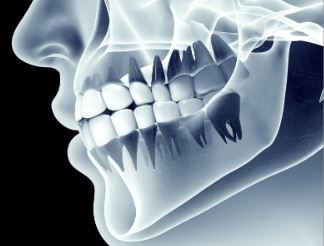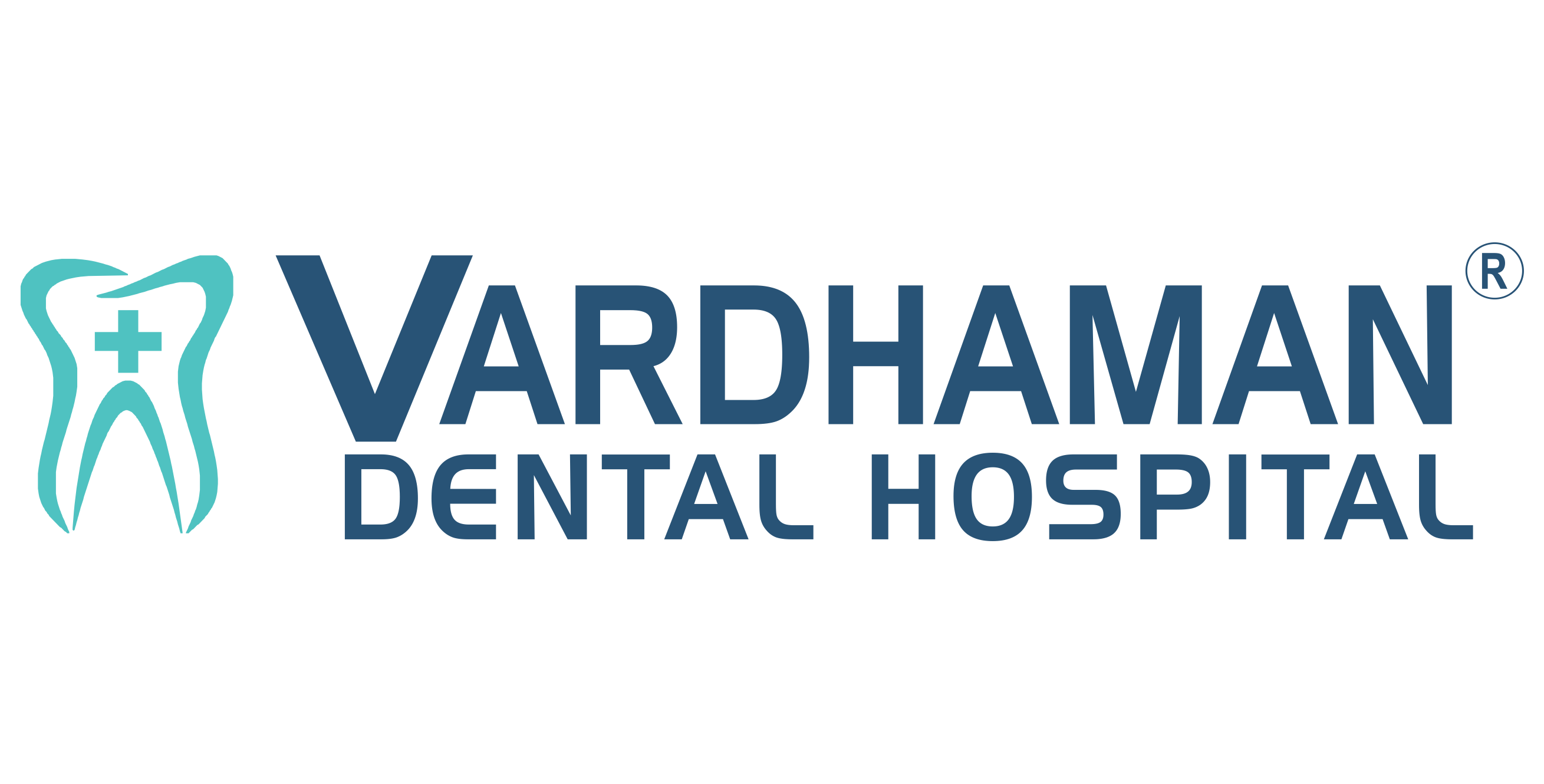Digital Xray
Digital X-ray dental services involve the use of digital imaging technology to capture X-ray images of the teeth, jawbones, and other oral structures. These services are provided by dentists or dental professionals and offer several benefits compared to traditional film-based X-rays.

What Is Digital Xray?
Digital X-ray dental refers to the use of digital imaging technology for capturing X-ray images of the teeth, jaws, and surrounding oral structures. It is a modern approach to dental radiography that replaces traditional film-based X-rays with electronic sensors and computerized systems.
Facts Abouts Digital Xray:
- Improved Image Quality: Digital X-ray images tend to have higher resolution and clarity compared to traditional X-rays. This allows for better visualization of dental structures and more accurate diagnosis of oral health conditions.
- Lower Radiation Exposure: Digital X-ray systems require less radiation to produce images compared to film-based X-rays. This reduces the patient’s radiation exposure and contributes to overall safety.
- Immediate Image Availability: Digital X-ray images are available instantly after capture, eliminating the need for film development. Dentists can immediately review and discuss the images with patients, expediting the diagnostic process.
- Image Enhancement and Manipulation: Digital X-ray images can be easily enhanced, magnified, and manipulated on a computer screen. This allows dentists to adjust brightness, contrast, and zoom levels to gain better insights into dental conditions and abnormalities.

Digital X-ray images are stored electronically, eliminating the need for physical storage space and reducing the risk of image loss or damage. The digital files can be easily retrieved and shared with other dental professionals as needed.
Digital X-ray images can be seamlessly integrated into electronic dental records, providing a comprehensive patient history and facilitating better treatment planning and coordination.
More Abouts Digital Xray
There are two primary types of digital X-ray systems used in dental practices: intraoral and extraoral. Intraoral digital X-ray systems use sensors placed inside the mouth to capture images of individual teeth. Extraoral systems, on the other hand, capture images of the entire dental arch or skull, providing a broader view of the oral and facial structures.
Intraoral digital X-ray sensors are small, flat devices that are placed directly in the mouth to capture images. These sensors are more comfortable for patients compared to traditional X-ray film, as they eliminate the need for biting on sharp film holders.

Another type of intraoral digital X-ray system uses phosphor plates instead of sensors. These plates are coated with a phosphor material that captures X-ray energy. Once exposed, the plates are placed into a scanner that converts the stored energy into digital images.
DentiCare Services
Get In Touch With Us
Book An Appointment
Book a visit to DentiCare, simply fill out the form below and we will contact you back regarding the intervention you require.


